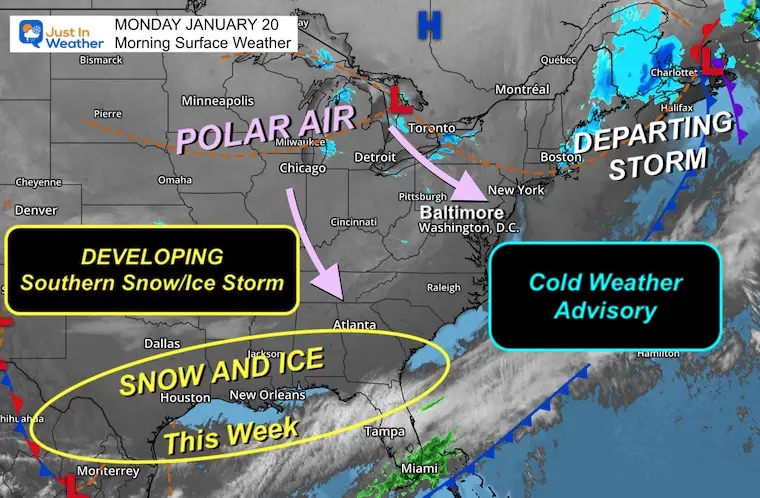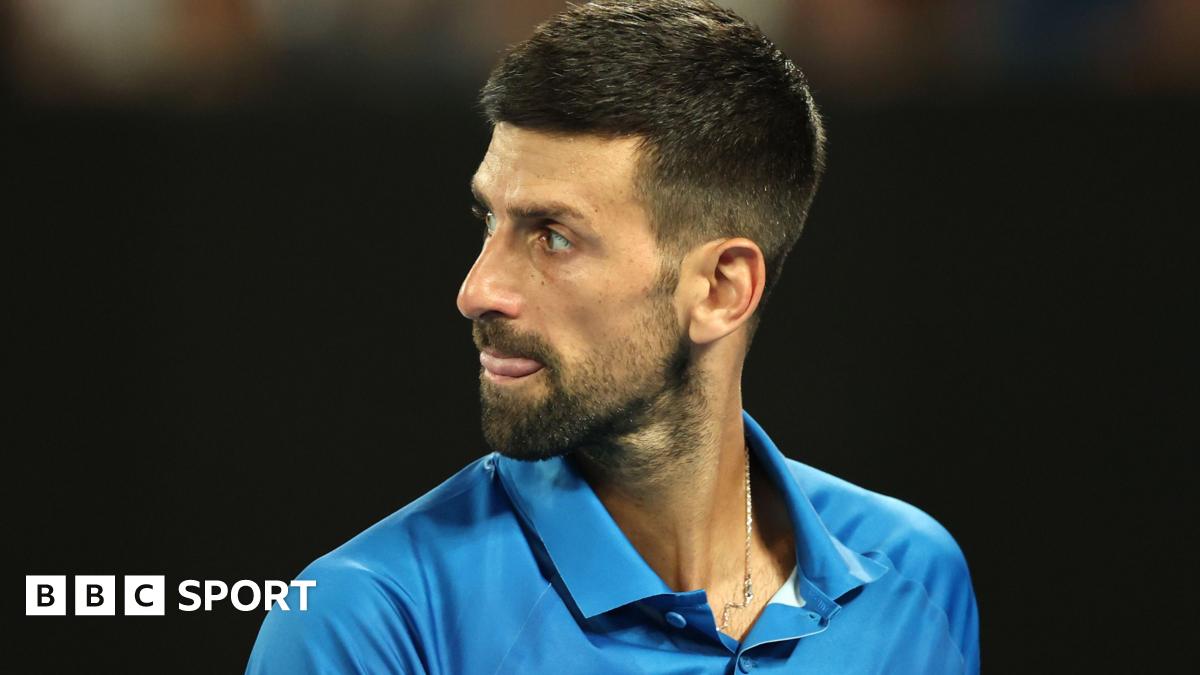BEIJING – The value of the renminbi used to feature prominently in discussions of global imbalances. While outside observers viewed it as undervalued and called for appreciation, the People’s Bank of China (PBOC) insisted on maintaining the currency’s de facto peg to the US dollar. In recent years, however, China’s fears that its currency would strengthen too much have been replaced by fears of a sharp depreciation.
While China has maintained its current account surplus, capital outflows have been putting frequent downward pressure on the exchange rate since 2015. The causes of the pressure can be divided into three broad categories, based on the drivers of the outflows. : deterioration of domestic economic conditions, non-economic factors and arbitrage.
In 2015, as stock prices plummeted, leading to months of market turmoil, and GDP growth losing momentum, the PBOC introduced a new rule to set the renminbi’s central parity rate against the US dollar. so that the renminbi exchange rate would be more flexible. While the move itself was correct, it triggered a surge in expectations of a depreciation of the renminbi. With that, capital began to flow out of China – and continued to do so until the end of 2016. To prop up the renminbi, the PBOC liquidated something like $1 trillion of foreign exchange reserves during this period.
In 2018, non-economic factors – specifically, rising tensions with the United States – became the main driver of capital outflows. From March 2018 to May 2022, the renminbi exchange rate fluctuated significantly, reflecting the changing intensity of Sino-US tensions. For much of this period, the renminbi exchange rate remained below the psychologically important threshold of 7 Chinese yuan to the dollar.
The recent upsurge in depreciation pressure on the renminbi began in May 2022, when the renminbi depreciated against the dollar at an unprecedented rate, once again crossing the 7 Chinese yuan threshold in September. This time, the main factor has been arbitrage activities, in which investors seek to take advantage of the widening interest rate differential between China and the United States. Anecdotal evidence suggests that capital flight may also have played a role.
In the past, whenever the renminbi’s exchange rate against the dollar approached the 7 Chinese yuan threshold, some economists warned that a collapse could occur if the threshold was allowed to be breached. This time, despite fears, the PBOC has stood firm in its rejection of sustained intervention, and of course, the collapse never happened.
The PBOC’s response to the latest renminbi depreciation – a policy of “benign neglect” – is particularly laudable. Policymakers lowered the foreign currency reserve requirement ratio for banks and persuaded commercial banks to support the renminbi in various subtle ways. But they did not intervene in the exchange market in a relevant way.
Some might say otherwise, citing reports that the PBOC sold some $100 billion of US Treasuries in the first half of 2022. But if the reports are true, it wasn’t FX intervention. ; it was part of the PBOC’s long-term plan to diversify China’s foreign exchange reserves or, as some Chinese economists may argue, it could be partly the result of the effect of a revaluation of US government bonds.
In any case, the external pressure on the renminbi is easing. This is partly because of what has happened in the United States: inflation has fallen for four straight months and, perhaps more importantly, central bankers seem to have realized that their aggressive monetary tightening – 75 basis point rate hikes in four consecutive policy-setting meetings – is unsustainable.
Since today’s inflation is the result of both demand and supply side shocks, interest rate hikes alone cannot contain it. What they can do is stifle growth and, as a result, the US economy – already at risk of recession – suffer from stagflation. In light of this, the Fed now appears to be softening its hawkish stance on inflation. In fact, at its last policy-setting meeting in 2022, the Fed raised interest rates by just 50 basis points. As market expectations for US interest rate hikes fade, so does the downward pressure on the renminbi.
But the value of the renminbi is not decided by the central bankers of the United States. The currency retains fundamental strength, rooted in market confidence in the Chinese economy. This time, the depreciation of the renminbi has not caused panic in China’s financial market, reflecting the maturity of Chinese investors and the market itself.
If Chinese growth can rebound strongly in 2023, net capital outflows will slow or even reverse, providing further support for the renminbi. The Chinese government’s decision to abandon its zero covid policy makes this scenario more likely, especially since that policy was the strongest constraint on the effective implementation of expansionary fiscal and monetary policy. The likely result will be a higher growth rate than market forecasts anticipated.
Now, while household consumption will rebound for the foreseeable future, a fix to supply chains may take longer than expected. As a result, inflation may rise sometime in 2023. At the same time, the PBOC may need to lower interest rates to give the economy a boost. Failure to strike the right balance between anti-inflationary and pro-growth policies – and any missteps in implementing expansionary fiscal and monetary policy – will negatively affect the renminbi exchange rate.
Whatever happens, the PBOC would do well to stick to benign neglect, allowing the exchange rate to act as an automatic stabilizer, while treating capital controls as a last resort. In other words, the Chinese government should focus on economic growth and let the market deal with the renminbi.
*The author is a former Chairman of the China Society for World Economics and Director of the Institute of World Economics and Politics at the Chinese Academy of Social Sciences, and served on the Monetary Policy Committee of the People’s Bank of China from 2004 to 2006.
hartford car insurance shop car insurance best car insurance quotes best online car insurance get auto insurance quotes auto insurance quotes most affordable car insurance car insurance providers car insurance best deals best insurance quotes get car insurance online best comprehensive car insurance best cheap auto insurance auto policy switching car insurance car insurance quotes auto insurance best affordable car insurance online auto insurance quotes az auto insurance commercial auto insurance instant car insurance buy car insurance online best auto insurance companies best car insurance policy best auto insurance vehicle insurance quotes aaa insurance quote auto and home insurance quotes car insurance search best and cheapest car insurance best price car insurance best vehicle insurance aaa car insurance quote find cheap car insurance new car insurance quote auto insurance companies get car insurance quotes best cheap car insurance car insurance policy online new car insurance policy get car insurance car insurance company best cheap insurance car insurance online quote car insurance finder comprehensive insurance quote car insurance quotes near me get insurance








